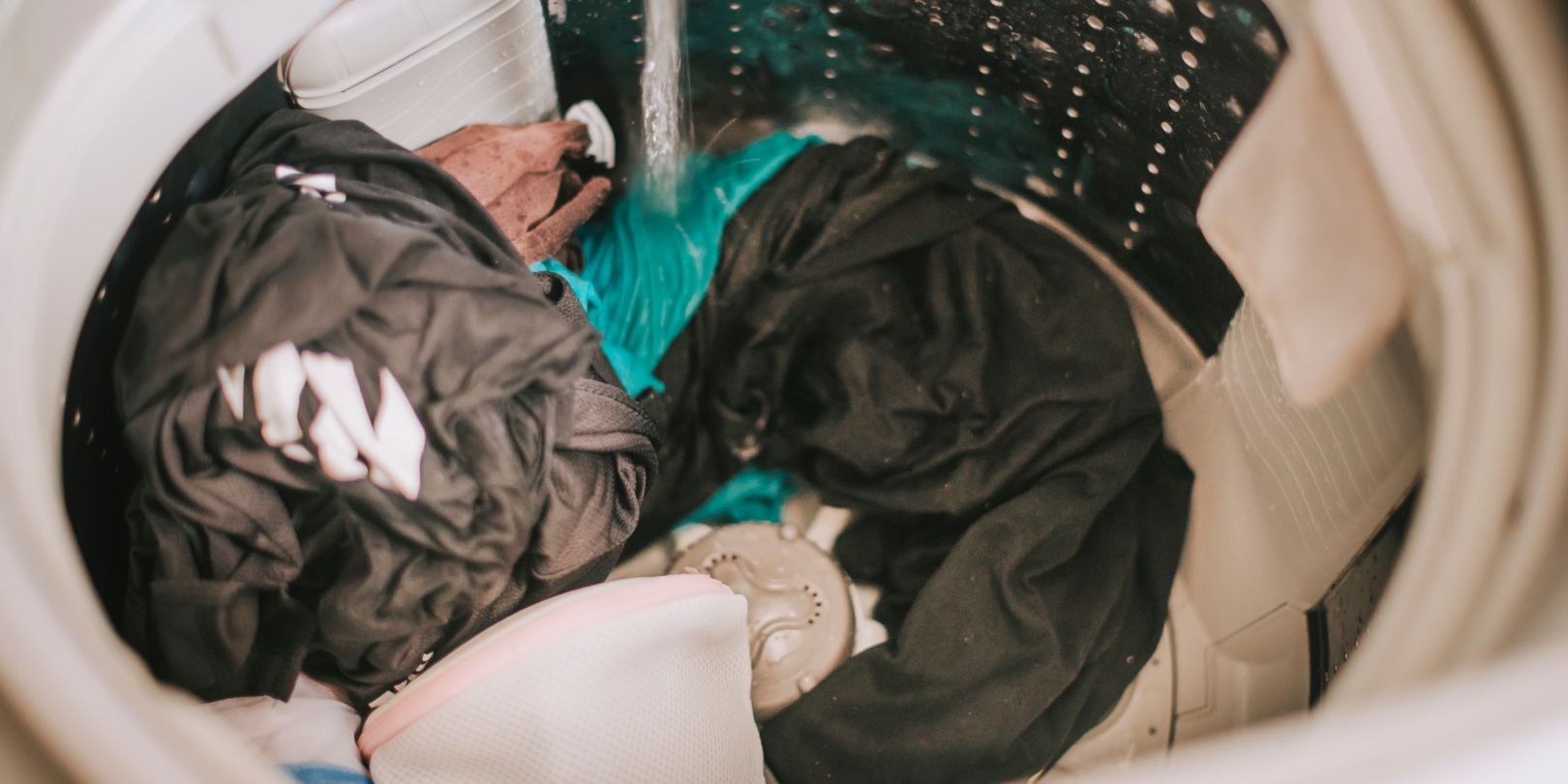This content was originally published on OldHouseOnline.com and has been republished here as part of a merger between our two businesses. All copy is presented here as it originally appeared there.

We all want our clothes and linens to be clean and fresh after a wash, but a smelly washing machine isn’t going to help us accomplish that. Fortunately, you can clean up your dirty washer in less than an hour with the right supplies (though it may take a little longer, depending on just how dirty your machine is).
In this article, we’ll show you the essential steps to cleaning a washing machine so you can have the cleanest laundry. We’ll walk you through the different methods of cleaning the interior of your machine so you don’t have to worry about grimy residues or bacteria buildup. Plus, we’ll discuss the best cleaners to use and how often you should be cleaning your washing machine for optimal results.
Identifying the Problem
It’s not always easy to know what’s causing an odor in your washing machine. The most common causes are bacteria, mold, mildew, and dirt buildup in the drum or filters. If you have an old or second-hand washing machine, it may also be due to rust in certain parts of the machine. Chemical residues from detergents and fabric softeners can also be to blame.
To determine whether your odor comes from dirt, mold, mildew, rust, or something else, it’s best to check every component of your washing machine:
- Drum and filters: Check for any accumulation of dirt and debris. It’s also important to look for any signs of rust, mildew, or mold growth in these areas.
- Hoses: Check for any leaks or cracks in the hoses.
- Detergent drawer: Check for any residue build-up.
- Washer door seal: Check for any signs of mold or mildew growth along the seal.
Once you identify the source of the odor (or sources), you can begin cleaning the washing machine accordingly.
Preparation
Before you start cleaning your washing machine, make sure to shut off its power supply at the circuit breaker. You should also make sure to empty out your drum before beginning your cleaning process.
Supplies
Make sure to gather all necessary supplies. This will include a sponge or scrub brush, vinegar, baking soda, and a cleaning product specifically for cleaning washing machines (such as a washing machine cleaner from the store).
Deep Cleaning
Once you gather all the supplies and prep your washing machine correctly, it’s time to deep clean the appliance. Start by wiping down all exterior surfaces with a damp sponge or cloth with some detergent. This will help reduce any dirt buildup on the outside of the washer that could be contributing to odors. Then use a scrub brush (or old toothbrush) and a dedicated cleaning product to remove any residue from inside the drum and around other crevices of the washer, paying special attention to any areas where mold or mildew may have grown previously.
After you finish scrubbing deep down into crevices with your brush and cleaner solution, rinse out all interior surfaces with plain water (use a cloth or old towel). Now it’s time for a vinegar wash – mix up one part vinegar with four parts hot water and pour it into the drum before running a full cycle with no detergent on the hot water setting. Alternatively, you could use a washing machine cleaning packet if you don’t want to go the vinegar route.
Once this cycle finishes, open up your washer again and wipe down all exterior surfaces once more with plain water and a cloth or towel before running another hot cycle with no detergent. While this is optional, this step can help remove any remaining odors and residues from inside your washer. Plus, this can help further sanitize it from bacteria, germs, and viruses!
Maintenance
Now that your smelly washing machine is clean, there are some maintenance steps you’ll need to follow to ensure that the odors don’t return:
- Empty out the lint filter after every load: This helps keep smelly residues from building up in your filter over time, which can lead to bad odors.
- Run occasional hot cycles with vinegar or a washing machine cleaner: This helps further sanitize interior surfaces and freshens up odors as well (many modern washers will even let you know when it’s time for a cleaning cycle).
- Clean dispensers regularly: Make sure to wipe down your detergent dispensers regularly as they can become quite grimey over time and cause bad odors.
Conclusion
Smelly washing machines can be a nightmare, but with the right steps, they don’t have to be. By following the steps in this article, you can easily clean your smelly washing machine and make sure that it stays fresh and odor-free.








